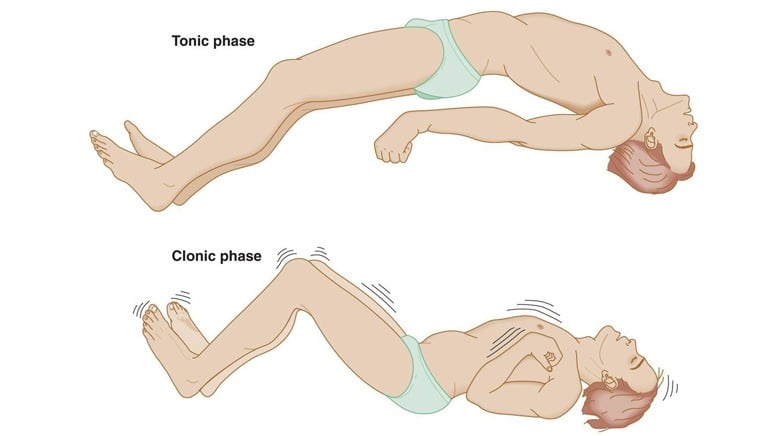What is a tonic-clonic seizure?

A tonic-clonic seizure, also known as the Grand Mal seizure, is a medical condition in which there is an abnormal electrical activity going on in the brain. This medical condition causes a temporary loss of consciousness and violent muscle contractions to occur. They are the most common type of seizure that affects the whole body. During the first part of the seizure, the harm and the leg stiffen and this is known as the tonic stage, then the muscles of the arms, legs, and face begin to vibrate during the second phase, it is referred to as the clonic phase. Patients with this medical condition may experience one phase, while some may experience both. Normally, the tonic-clonic [1] seizure is supposed to last for an average of two to three minutes. In situations in which the seizure lasts for more than five minutes, the person needs to seek medical attention immediately.
The tonic-clonic seizure is a combination of both tonic and clonic seizure characteristics. The body muscles are stiff, and the air is forced past the vocal cords which then causes the patient to let out a cry. The person ends up losing consciousness and finds themselves helplessly on the ground. In most cases, the affected person bites their tongue and sometimes the inner part of their cheek which then causes their saliva to look quite bloody. After this phase comes the jacking stage. During this phase, the legs and arms also begin to jerk quickly, causing them to bend and rest more on the elbows, knees, and hips. After a couple of minutes, the jerking reduces and eventually stops. When the seizure lasts for more than five minutes, the person’s face may end up looking all dusky or a little blue, and this is caused when they have trouble breathing.













